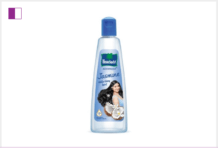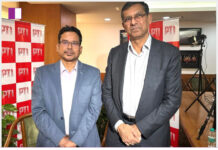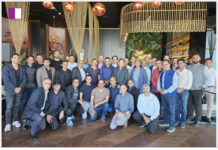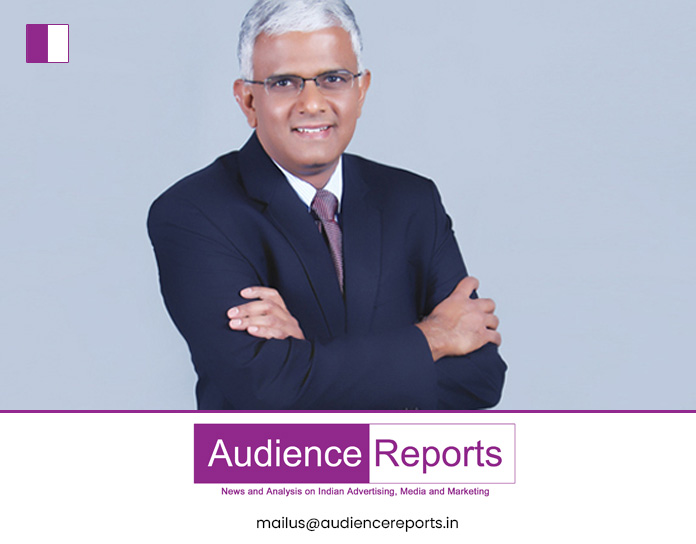He further said that there is a significant opportunity to grow further in the rural market. However, the rural demand does not spurt spontaneously but needs interventions
Procter & Gamble is very “optimistic” in the mid and long-term prospects of India, where it will invest Rs 2,000 crore to set up an export hub, on the back of robust growth, according to the company’s country CEO LV Vaidyanathan.
Procter & Gamble (P&G) India will continue to grow categories that are currently undeveloped and bring product propositions that are meaningful to the quality-conscious Indian consumer, he said.
In the last three years, P&G has driven consistent double-digit growth in both the top line and bottom line.
“Business has basically moved from the last couple of years seeing high single growth. Now we are starting to see very nice growth and hope to see some kind of momentum going and accelerate from where we are,” Vaidyanathan told PTI.
The maker of brands such as Ariel, Gillette, Head & Shoulders, Oral-B, Pampers, Pantene, Tide, Vicks and Whisper – follows July to June financial year.
“Year is coming to an end and business was doing very well. Our topline was growing in high singles and bottom line in double-digit. This year, we are closing the year accelerating the business,” he said.
P&G India operates here with four entities – Procter & Gamble Hygiene & Health Care, Procter & Gamble Health, Gillette India and Procter & Gamble Home Products (non-listed) – and has a total turnover of around Rs 16,000 crore.
Currently, India ranks among the top ten markets for P&G globally and the company is very ‘optimistic’ about it in the long-term prospects, said Vaidyanathan.
“We are pretty optimistic about the growth prospects and the prospects for creating value here in India,” he said.
P&G’s enthusiasm for the Indian market is led by factors such as its demographics, having one of the world’s largest youth populations.
Besides, it is “seeing a distinct shift, from consumers being price-conscious to value-conscious,” he said.
Moreover, the number of women in the workforce is also increasing, which is “very encouraging” because “when women get into the workforce, the needs in the household also change, the composition that is required in the household is also getting changed.” Besides, digital infrastructure which has been created in both urban and rural India is “incredible” and offers “unique” growth opportunities for the company, Vaidyanathan added.
According to Vaidyanathan, on average, its products are used by two out of three households across India.
On Wednesday, P&G India announced it will invest Rs 2,000 crore here to set up a new personal healthcare manufacturing facility in Gujarat. This would be the ninth plant of P&G in India, where it has invested Rs 8,200 crore in the last decade and Rs 20,000 crore in the last 25 years.
“This facility will be for healthcare digestives space… That’s a pretty substantial investment which we are making and this one is going to be focused on exports,” he said adding this is in line with ‘Make-in-India’ initiatives and will work as an export hub.
On inflation, Vaidyanathan said it’s too early to have a point of view on the outlook as some commodities have eased and many have not.
“Each of the cycles, which we have seen of this commodity inflation, each time you are at a fork in the road… The key to all of this is to keep our ears close to the ground and make sure that the plants are agile and adapt to the situation,” he said adding, “If you grow in the category, you can take lots of headwinds.” Asked about the rural demand, Vaidyanathan said: “In our categories also, we see rural demand has been impacted but again even in an inflationary environment, you can grow the business if you are able to find the right consumer insights and are able to drive and create the proposition”.
He also added there is a significant opportunity to grow further in the rural market. However, the rural demand does not spurt spontaneously but needs interventions.
“We are mid to long-term optimistic of all three areas which are rural, urban and even metros. Consumption growing and categories doing well. As far as rural is concerned, it is not going to come on its own. The demand is not going to come back on its own. Manufacturers would have to catalyse growth by going back to the consumers, identifying their needs, jobs to be done and then designing propositions,” he said.
Asked about D2C and other channels, he said there is enough room for everyone and experiment with the brand. The company is keeping a “close eye” on this space and its primary focus is the consumer.
P&G is present in the D2C space through its own online store and is also on ONDC (Open Network for Digital Commerce), a government initiative.




































